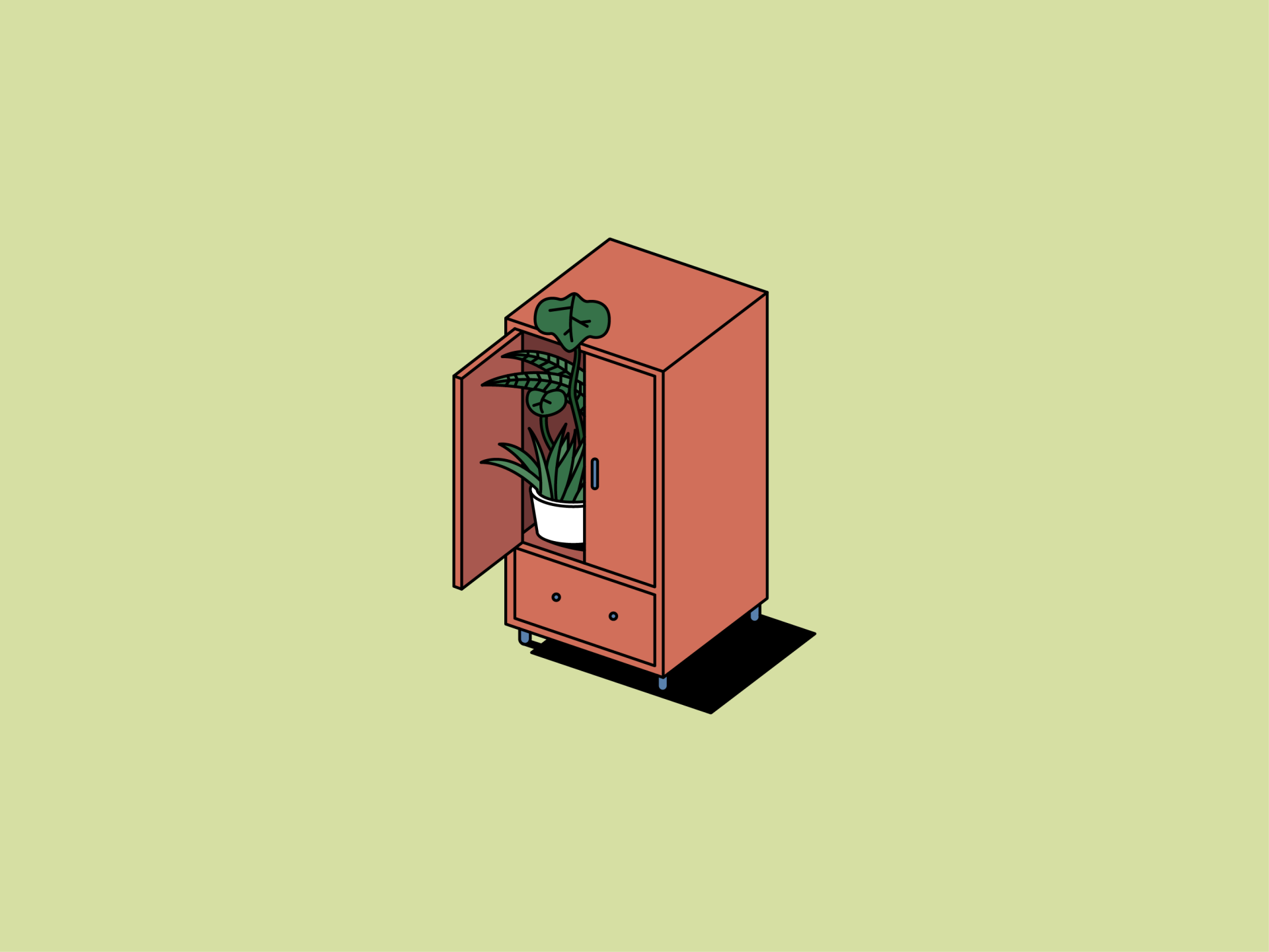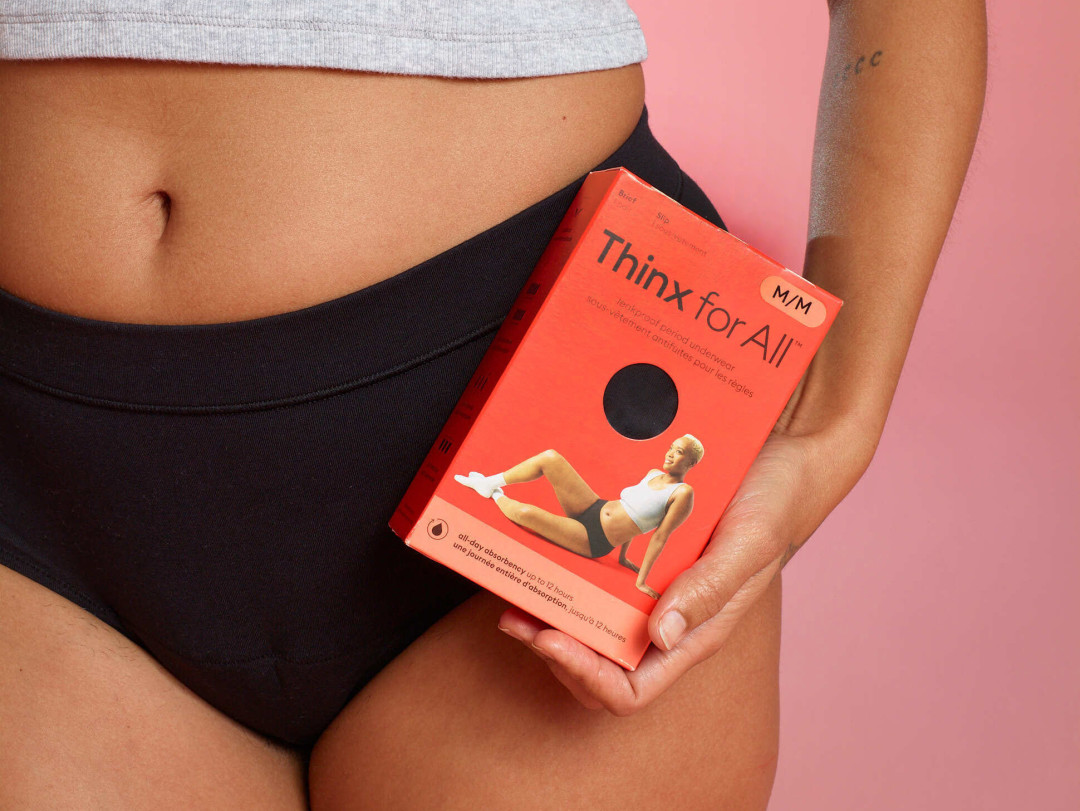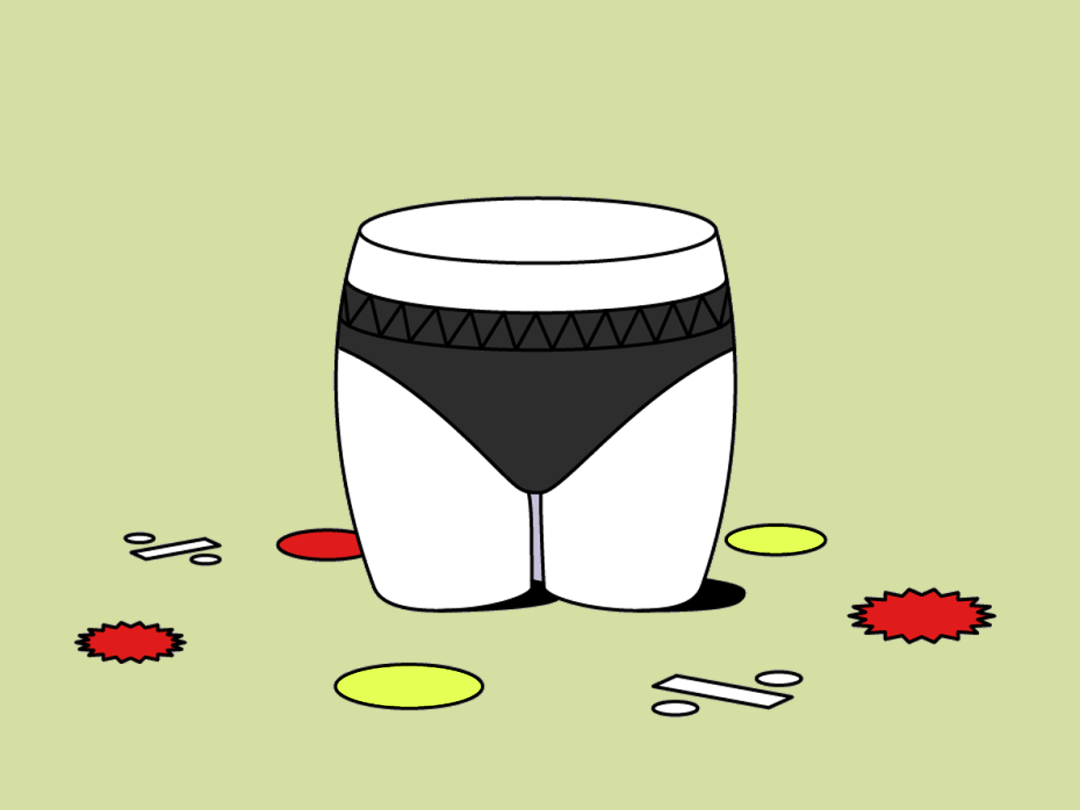#explainer
Building a Sustainable Wardrobe
odds & ends
·5 min read

by Toni Brannagan | 04/18/2019
Maintaining a ~sustainable lifestyle~ has definitely been a hashtag trending topic for quite a while now, but it isn’t always the easiest thing to do.
Taking away everyone’s plastic straws seems like small potatoes when so many people out there are resisting systemic change, but that’s why it’s so important to consider personal sustainability — and ultimately, it’s up to you to see what fits into *your* life.
Hopefully, you’ve already got your handy reusable water bottle, a trusty tote bag in lieu of plastic, and have tried out some reusable period products (we can help you out there), but I’ll be the first to admit that applying those standards to your wardrobe is a daunting task.
But in the interest of keeping Mother Nature happy, here’s to trying! I enlisted the help of Lily Fulop, who runs the Instagram account @mindful_mending. Her first book, Wear, Repair, Repurpose: A Maker's Guide to Mending and Upcycling Clothes, was published by Countrymen Press in 2020.
Here are Lily’s tips for making your closet a li’l greener:
look at the label
First things first: limit purchases that are composed of synthetic fibers. “They are essentially plastic, so a lot of oil goes into making them, and they take forever to decompose in the landfill. Also, they’re often processed with toxic chemicals,” Lily warns.
Need a cheat sheet? Thumbs down to man-made fabrics like acrylic, polyester, rayon, acetate, and nylon — although Lily recommends tencel, a man-made natural alternative to synthetic fibers made of cellulose.
Instead, opt for clothes made with natural or organic fibers like organic cotton, linen, or hemp — when you can, as synthetics might be unavoidable for some performance-wear.
say no to fast fashion
Lily had a whole lot to say about fast fashion and since I’m anti-censorship, I will be delivering you her comments in their entirety:
“There’s a lot of reasons why fast fashion is bad. First, it is created incredibly quickly and it is really cheap. And it’s cheap at the expense of the garment workers and laborers in the industry. This leads to worker’s rights abuses, unsafe and unhealthy working conditions, and unfair wage compensation, so it really hurts the people who are making the clothes.”
“The clothes themselves are made really shoddily, because they aren’t meant to last. Retailers want you to wear it quickly then buy more — instead of having four seasons in a year, places like H&M, Forever 21, and Zara have 52 micro-seasons. They’re constantly creating new clothes and false demand for trends, so the clothes become dated really quickly and you feel like you need something new. This leads to more consumption that supports these horrible practices that aren’t sustainable, and that aren’t safe or healthy for the people involved — or the environment.”
While suggesting sitting out a good Zara sale feels like a personal attack on the way I live my life, I see her point. Instead, Lily recommends buying used clothing, whether that’s thrift or vintage, and simply just buying *less*. Researching ethical and sustainable brands is also a good practice, but that can *definitely* be a li’l more expensive. However, being more thoughtful in your purchases and saving up for pieces that really last can save you and your closet some $$$ in the long run.
get creative
For the most part, you can really repair most damaged clothing — socks can be darned, and holes in pants and other clothes can be patched. Lily also told me about a recent movement called “visible mending,” where you make the mend very intentional instead of trying to hide it.
“You sort of celebrate the fact that you are putting this extra care into your clothing and wear it as a badge of pride, so people know that you value saving your clothes” Lily explains. “An example of that is embroidering over a stain on your shirt with something cute, where it was once something you would want to cover up.”
If you’re not as crafty as Lily (🙋), finding a local tailor is also a good call.
wash your clothes less
This is for two simple reasons:
They’ll hold up better, promise!
Besides the fact that your washing machine uses up a toooon of water, washing synthetic fibers also causes them to shed toxic dyes and microfibers, which pollute the ocean. :(
Do you need any more excuses to skip a laundry day?
thrift smart
While these tips are essential parts of crafting a more ethical wardrobe, what are we supposed to do about the clothes that we’ve already bought… that we don’t want anymore? The obvious answer might seem like it’s dropping it off at your local thrift store, but it miiight not be that easy.
“I have a complicated relationship with clothing donations,” admits Lily. “This sort of came out of the whole Marie Kondo thing — people think that by donating to thrift stores, they’re doing social good and being sustainable, but only a very small percentage of clothes from thrift stores are actually sold and re-worn. The rest go to textile recycling plants, which downcycle fabric into insulation, carpet pads, industrial rags, stuff that is lesser quality than clothing and then can’t be recycled again. So it’s technically recycled this one time but then it’ll end up in a landfill.”
Lily also points out that the rest of our discarded garments are shipped overseas to developing countries, where it becomes a waste problem there, and also disrupts local garment industries.
If you do find yourself with an armful of clothes you don’t want in your closet anymore, try hosting a clothing swap with your friends — that way, you know where your clothes are going, and it for sure has another chance to be worn. Lily also recommends hitting up consignment stores like Beacon’s Closet and Buffalo Exchange, where they only take high quality items that buyers will still want to wear. (So yes, that’s why your local BE won’t take that Urban Outfitters dress you wore once on your birthday.)
“The problem is our consumption; the amount of clothes we go through, and the fact that it seems okay to keep throwing them out and buying more since we think our "donations" are being reused.” Lily explains. “The whole idea with slow fashion is investing in clothes that you’ll wear for a long period of time, repairing clothes so that you continue to wear them, and extending their lives for as long as possible.”
In general, it all comes back to caring a little bit more about the clothes you’re buying, so you don’t end up with a bunch of faded H&M tops that nobody wants. It might take some time to make the transition, but the fact that you’re taking these steps, however small, are what will make a difference!
Do you have any tips for building a sustainable wardrobe, or making do with the clothes you already own? Share them with us in the comments!
Toni Brannagan is a writer and was the former Copy and Content Manager at Thinx.
by Toni Brannagan


